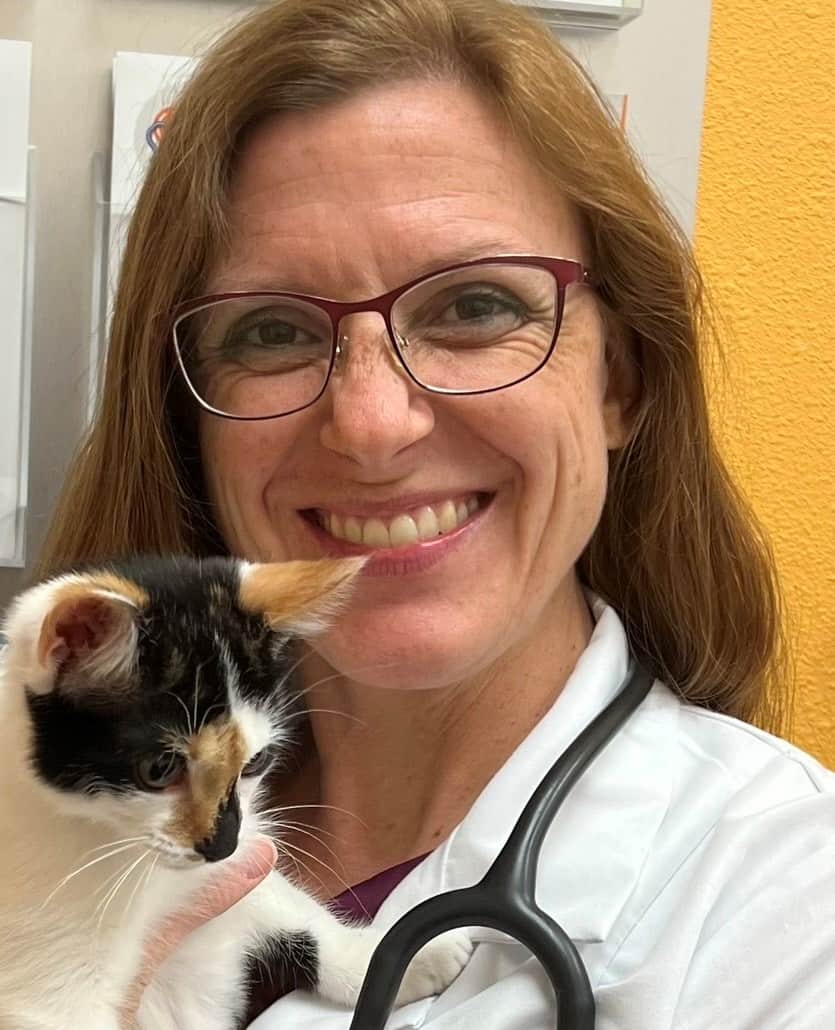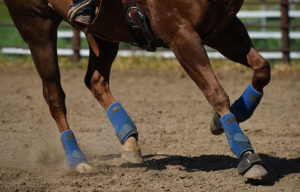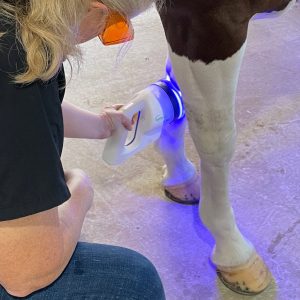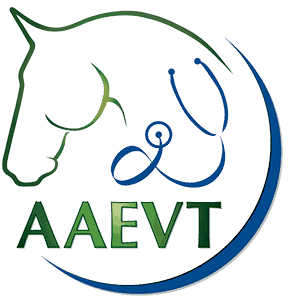Special Report: Signs Your Horse Has Gastric Ulcers
- Posted by Stacey Oke, DVM, MSc
Share:

It isn’t just high-energy Thoroughbreds at the peak of race training that develop equine gastric ulcer syndrome (EGUS). Rather, researchers have shown that no horse is immune to EGUS, as these painful lesions can occur even in backyard leisure horses and in feral animals.
Gastric ulcers can develop in the squamous (upper) or glandular (lower) region of the stomach. Veterinarians refer to those diseases as equine squamous gastric disease (ESGD) and equine glandular gastric disease (EGGD). While both are considered EGUS, they are two distinct conditions with different etiologies and risk factors. To complicate things further, some horses have EGGD and ESGD concurrently.
Download this free report to learn what the science says about clinical signs of EGUS.

Written by:
Stacey Oke, DVM, MSc
Related Articles
Stay on top of the most recent Horse Health news with












